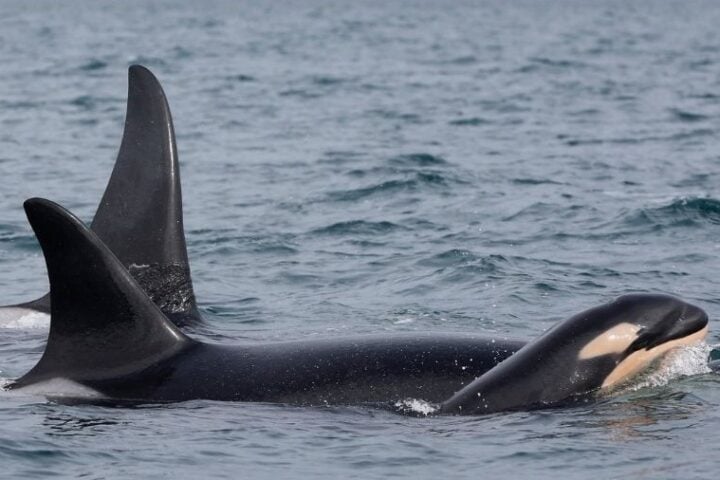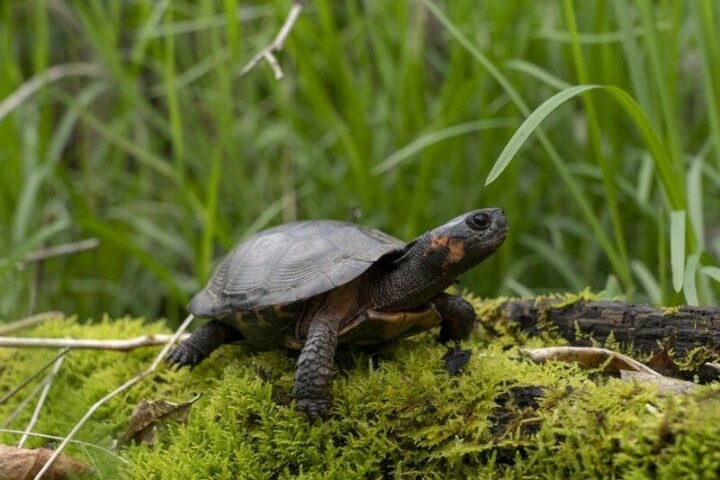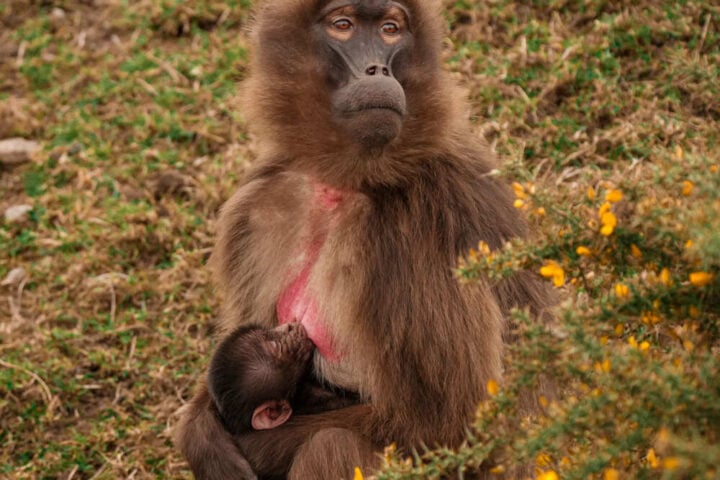Climate Change has become one of the main worries of environmentalists. In 2020, when COVID-19 had a hold of terror across the world, more than 250 elephants died in Botswana. Due to the virus, the exact cause of this tragedy could not be ascertained. Poaching or hunting was ruled out. Now, it has emerged that these elephants died due to climate change.
A team of scientists from Botswana and the U.K. have found that climate change is behind the mass poisoning of hundreds of elephants in Botswana and Zimbabwe. The team, led by Davide Lomeo of King’s College, London, conducted aerial surveys of about 20 waterholes in Botswana.
The researchers found that after a year of drought, there was heavy rain in Botswana. According to Lead author Davide Lomeo, these waterholes had very high levels of cyanobacteria, a group of algae known for producing toxins. Some of these toxins would be more than powerful enough to kill elephants. Since 2022, African bush elephants have been categorised as ‘Endangered’ by the IUCN Red List of Threatened Species.
The researchers’ findings, published in the journal “Science of the Total Environment”, show that algae blooms were linked to wet conditions between 2019 and 2020, therefore leading to mass poisoning. Botswana’s elephant population comprises one-third of that of African elephants. As a result of drought and climate change, southern Africa is becoming more dry and hot. So it is vital to take the problem of water security more seriously. Davide Lomeo explains, “Southern Africa is projected to become drier and hotter under climate change, and as a result waterholes across this region will likely be drier for more months of the year.”
More Stories
According to Lomeo, “our findings point to the potential effects on water quantity, and quality, and the catastrophic repercussions on animals, this could have.” He elaborates, “This work conducted in collaboration with the local authorities, underscores the severe ecological consequences of toxic algae proliferation. It emphasized the critical need for comprehensive water quality surveillance across all water bodies, including the smallest ones, and the effectiveness of satellites to identify diverse sources of contamination.”
In conclusion, the findings regarding the mass poisoning of elephants in Botswana highlight the severe impact of climate change on ecosystems and wildlife survival. The transition from drought to heavy rains has led to toxic algae blooms, posing significant risks to biodiversity. Comprehensive water quality monitoring is paramount as southern Africa faces rising temperatures and altered precipitation patterns. This situation accentuates the urgent need for collaboration among scientists, local authorities, and environmentalists to safeguard our natural resources and protect endangered species from the catastrophic effects of climate change.





![Representative Image: European Starling [49/366]. Photo Source: Tim Sackton (CC BY-SA 2.0)](https://www.karmactive.com/wp-content/uploads/2025/04/Starlings-Drop-82-in-UK-Gardens-as-Birdwatch-2025-Reveals-Record-Low-Count-Since-1979-720x480.jpg)












